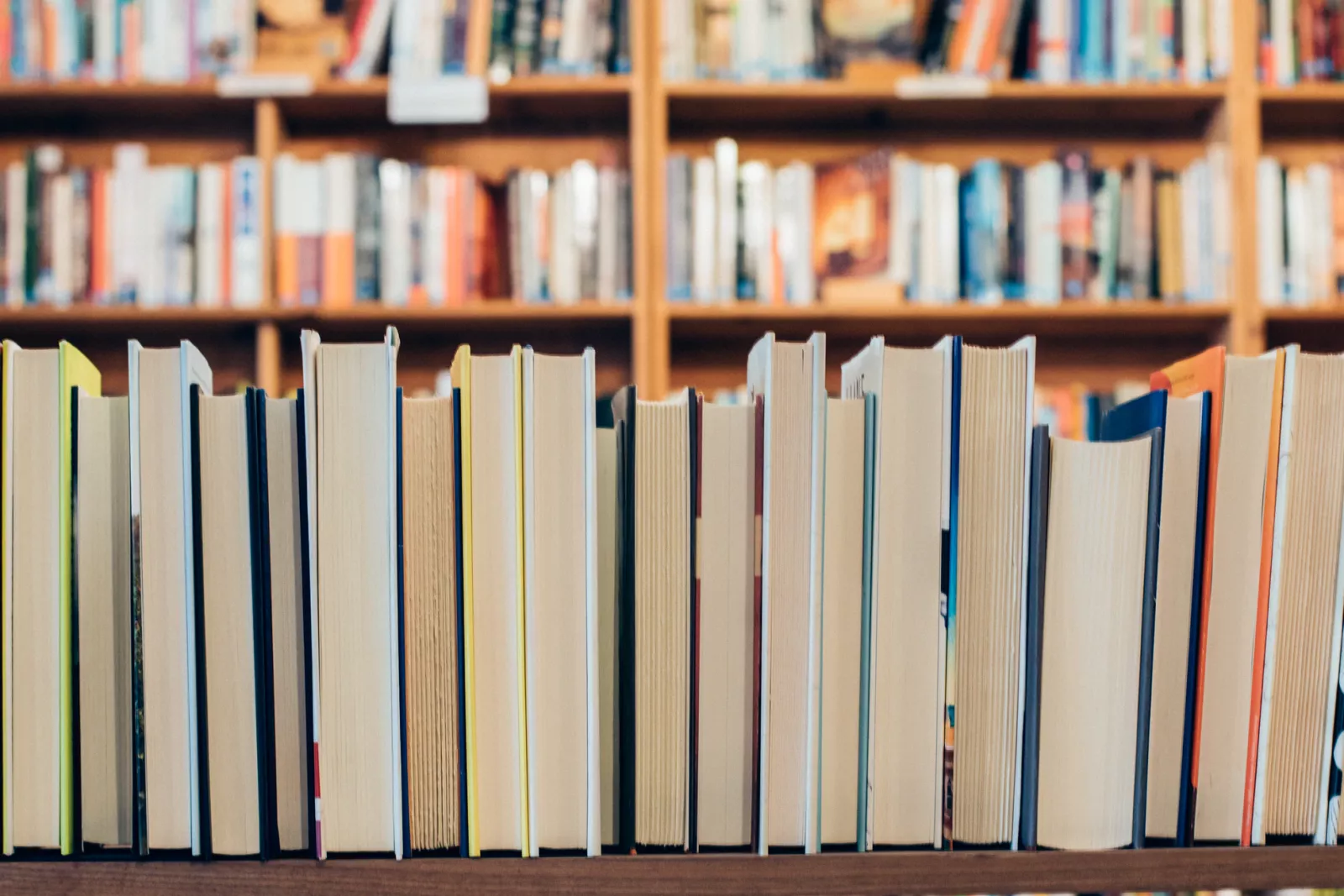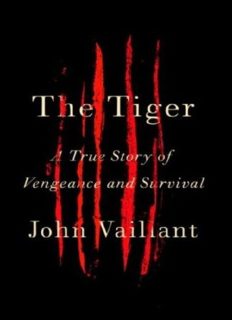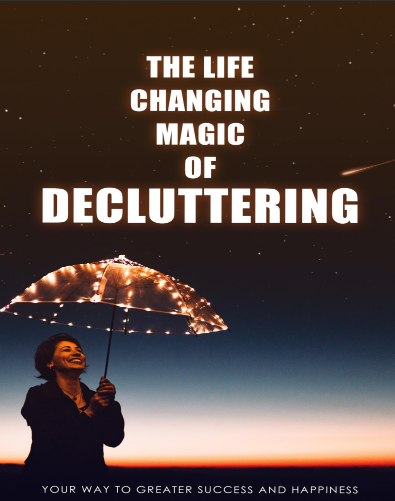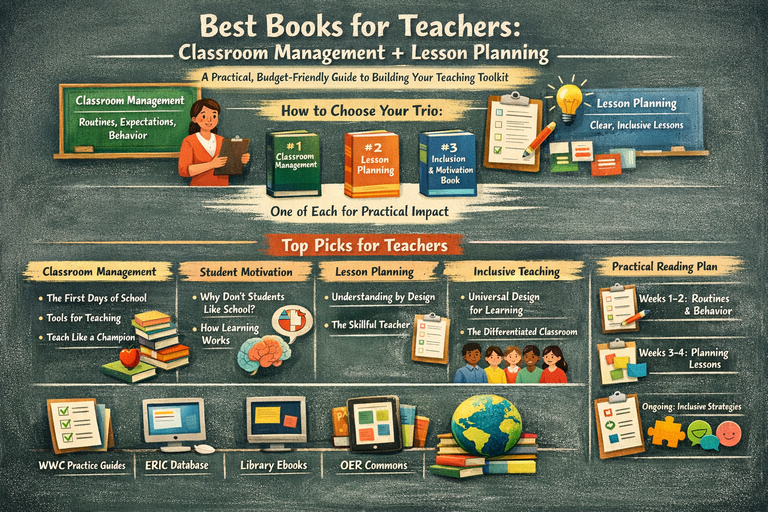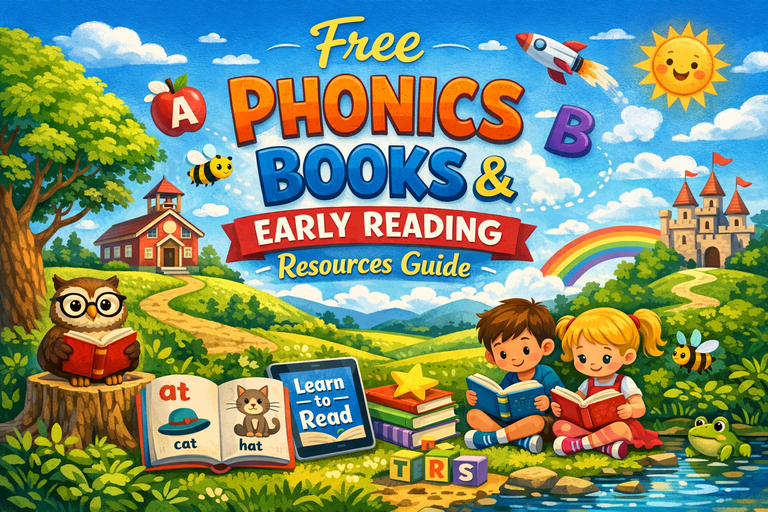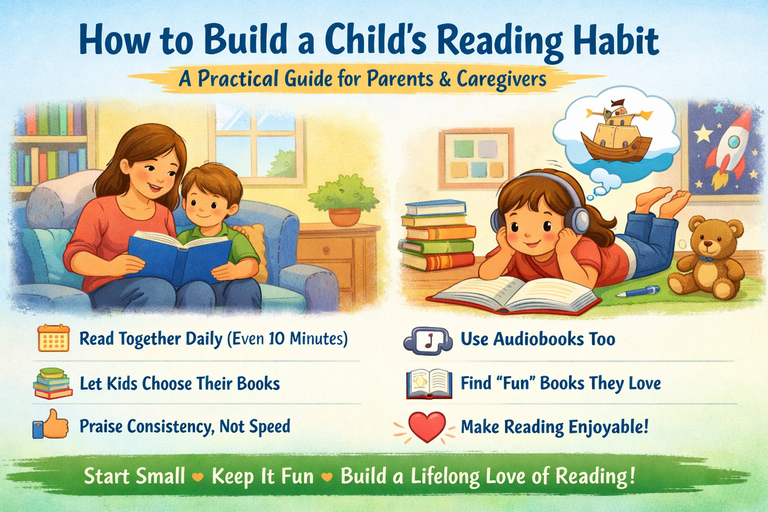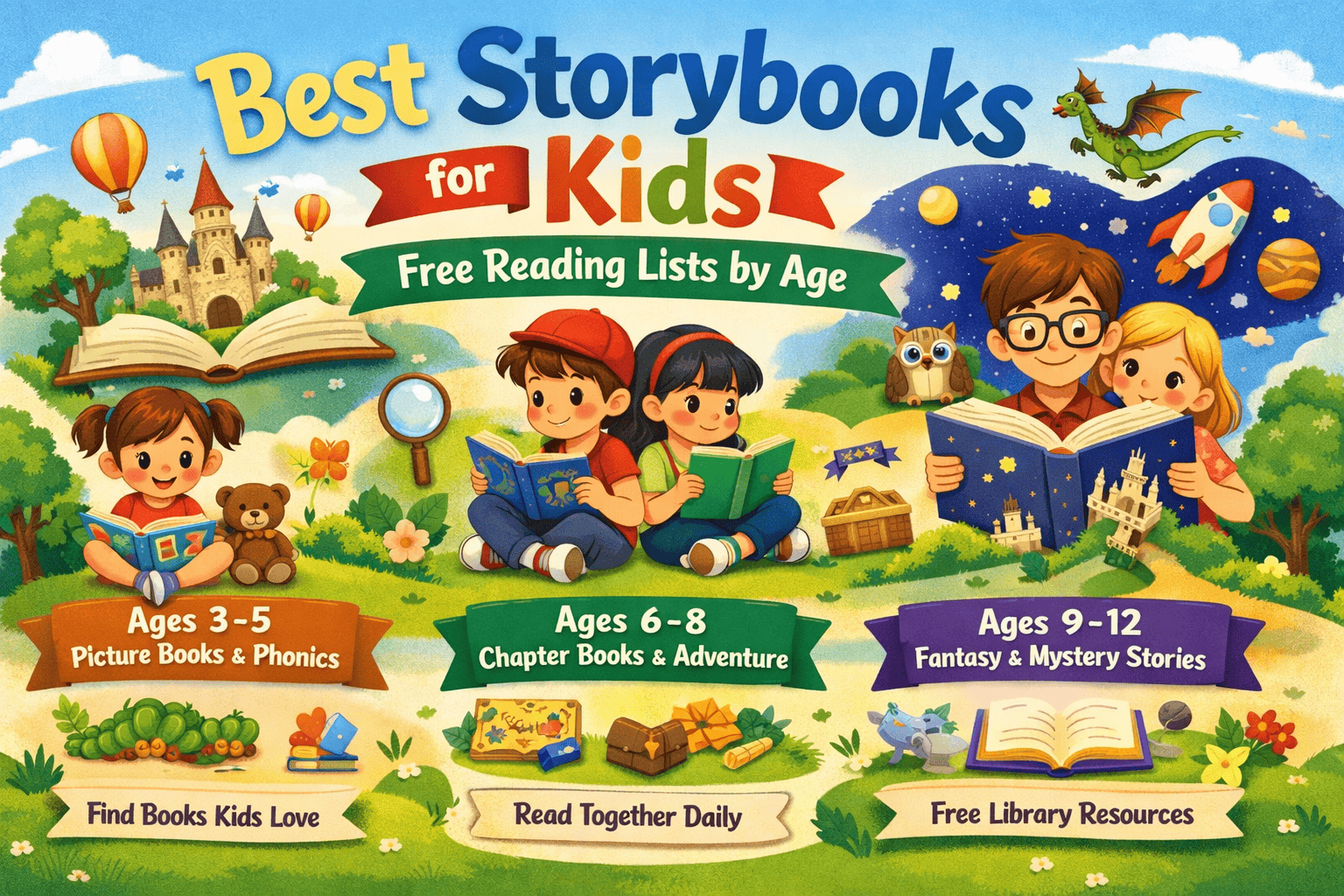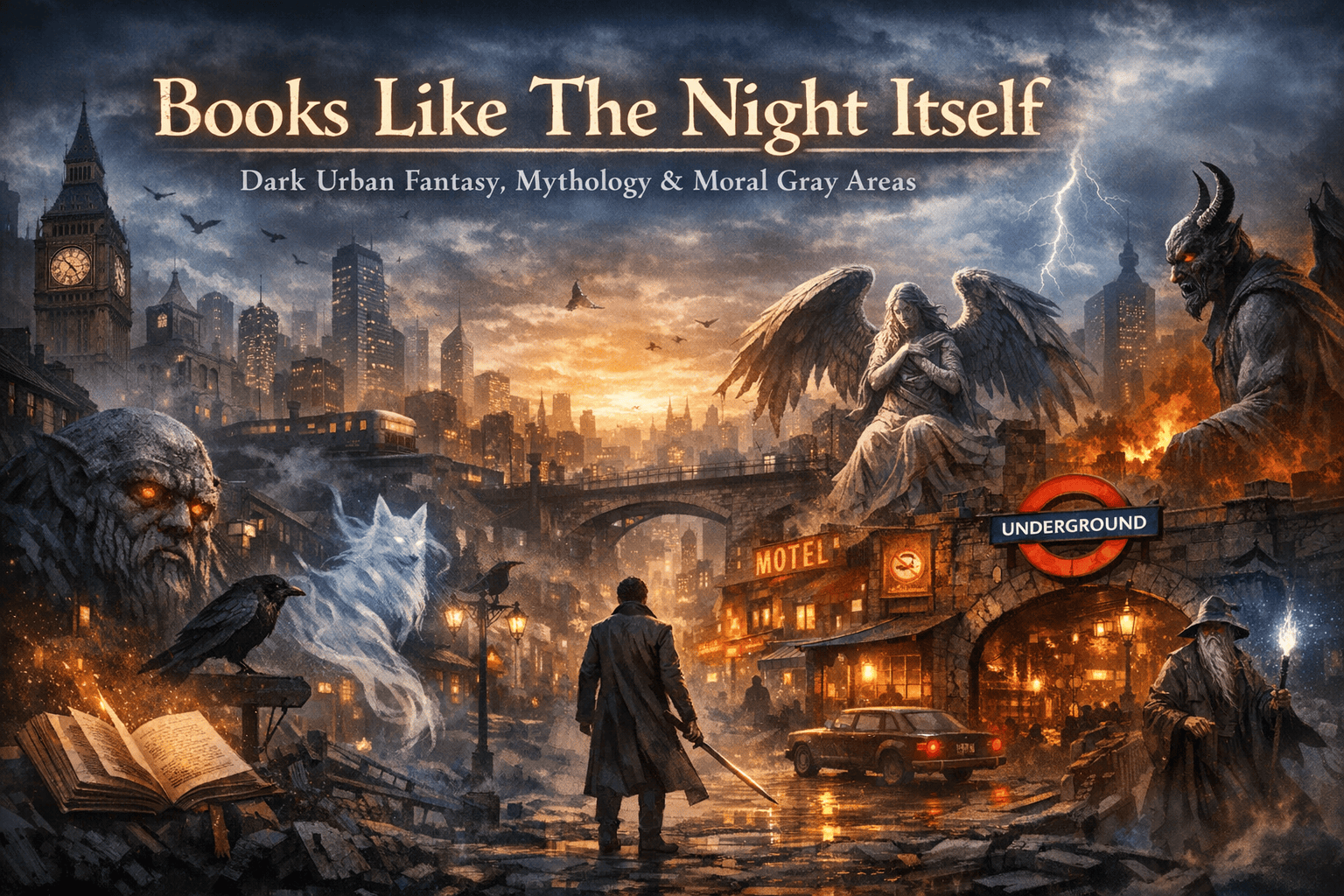Exploring the Literary Tapestry: A Guide to Different Types of Books
In the vast landscape of literature, books come in a plethora of genres and categories, each offering a unique reading experience. From spine-tingling mysteries to thought-provoking non-fiction, the world of books is a treasure trove waiting to be explored. In this article, we'll embark on a journey through the diverse types of books that populate bookshelves and e-readers, offering something for every reader's taste.
1. Fiction
a) Literary Fiction: This genre delves deep into character development and explores complex themes. Literary fiction often focuses on the human experience, presenting intricate narratives that challenge readers' perspectives and emotions. Notable examples include "To Kill a Mockingbird" by Harper Lee and "The Great Gatsby" by F. Scott Fitzgerald.
b) Historical Fiction: Set against the backdrop of real historical events, this genre weaves fictional characters and plots into the fabric of history. Readers can travel through time while immersing themselves in captivating stories. Popular historical fiction titles include "The Book Thief" by Markus Zusak and "All the Light We Cannot See" by Anthony Doerr.
c) Science Fiction: Science fiction transports readers to otherworldly realms where scientific advancements, futuristic technologies, and other dimensions reign. Often exploring the impact of these innovations on society, this genre includes classics like "1984" by George Orwell and "Dune" by Frank Herbert.
d) Fantasy: Enchanting worlds of magic, mythical creatures, and epic quests define the fantasy genre. From the wizarding world of "Harry Potter" by J.K. Rowling to the sprawling landscapes of "The Lord of the Rings" by J.R.R. Tolkien, fantasy books ignite the imagination.
e) Mystery/Thriller: The heart-pounding genres of mystery and thriller keep readers on the edge of their seats. Whether it's unraveling a whodunit or navigating a gripping suspense, books like "Gone Girl" by Gillian Flynn and "The Da Vinci Code" by Dan Brown deliver adrenaline-pumping narratives.
2. Non-Fiction
a) Biography/Autobiography: In these books, real-life stories come to life. Biographies offer insights into the lives of notable figures, while autobiographies provide firsthand accounts of personal journeys. "Steve Jobs" by Walter Isaacson and "The Diary of a Young Girl" by Anne Frank are prime examples.
b) Self-Help/Motivation: Self-help and motivational books provide guidance and strategies for personal growth, success, and well-being. From Dale Carnegie's "How to Win Friends and Influence People" to Brené Brown's "The Gifts of Imperfection," these books empower readers to improve their lives.
c) Essay Collections: Essays explore diverse topics, offering the author's insights, opinions, and reflections. Collections like "Slouching Towards Bethlehem" by Joan Didion and "Me Talk Pretty One Day" by David Sedaris cover an array of themes, from cultural observations to personal anecdotes.
d) Science and Nature: These books delve into the realms of science, nature, and the world around us. Authors like Carl Sagan ("Cosmos") and Rachel Carson ("Silent Spring") provide enlightening explorations of our universe and the environment.
e) History and Politics: History and politics books offer in-depth analyses of past events, political ideologies, and social movements. Works like "A People's History of the United States" by Howard Zinn and "The Audacity of Hope" by Barack Obama shed light on significant historical and political moments.
3. Poetry
a) Traditional Poetry: Traditional poetry follows established forms and meter, using rhyme and rhythm to convey emotions and themes. Classic poets like Emily Dickinson and Robert Frost are renowned for their contributions to this genre.
b) Free Verse: Free verse poetry breaks away from traditional forms, allowing for more experimental and unstructured expressions. Poets like Langston Hughes and Maya Angelou embrace this form to convey their unique voices.
c) Contemporary Poetry: Modern poets address current themes, using innovative techniques and language to capture the spirit of their times. Rupi Kaur's "Milk and Honey" and Amanda Lovelace's "the princess saves herself in this one" are celebrated examples.
4. Children's and Young Adult
a) Children's Picture Books: These books, adorned with illustrations, cater to young readers and help them grasp basic concepts, emotions, and life lessons. Classics like "Where the Wild Things Are" by Maurice Sendak enchant generations of children.
b) Middle-Grade Fiction: Tailored for readers aged 8 to 12, middle-grade fiction explores relatable themes and adventures suitable for preteens. "Percy Jackson & the Olympians" by Rick Riordan and "Matilda" by Roald Dahl are beloved middle-grade titles.
c) Young Adult Fiction: Targeting readers aged 13 to 18, young adult fiction addresses more mature themes and coming-of-age experiences. From "The Hunger Games" by Suzanne Collins to "The Fault in Our Stars" by John Green, these books resonate with teenagers navigating their way through life.
5. Graphic Novels
Combining visual art with storytelling, graphic novels are a dynamic medium that appeals to readers of all ages. "Maus" by Art Spiegelman and "Persepolis" by Marjane Satrapi tackle powerful themes through a combination of images and text.
Conclusion
The world of books is a realm of boundless diversity, offering something to satisfy every reader's palate. Whether you seek an immersive escape into fantastical worlds, a thought-provoking exploration of real-life struggles, or a poetic journey into the depths of human emotion, books provide a gateway to imagination, understanding, and enlightenment. As the literary tapestry continues to evolve, new genres emerge, old ones are reimagined, and the endless possibilities of storytelling continue to captivate readers of all ages.

